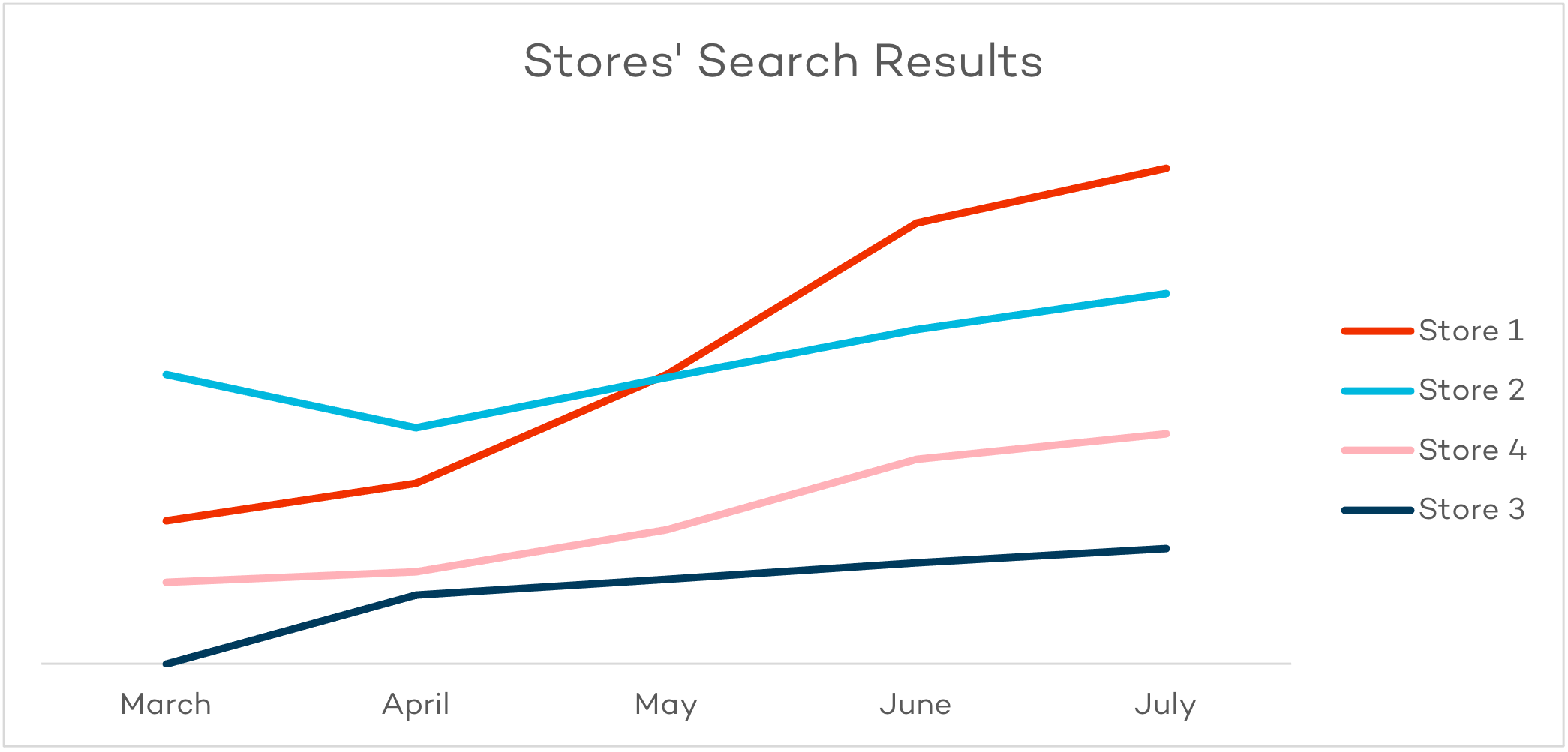How to Maximize Google My Business to Drive Post-Pandemic Retail Traffic

We know that the pandemic has changed retail forever because the priorities, expectations and needs of customers have shifted. While our “new normal” has and will continue to retain many of the physical brick-and-mortar stores we frequented before the pandemic, retailers need to consider how to transform or reimagine their physical store offerings to best serve their customers. At the same time, online tools are crucial for managing virtual storefronts that drive traffic.
As the pandemic continues into the fall, we’ve been feeling optimistic, since offline spending has returned to pre-pandemic levels and the number of store locations was up 4,700 in the fourth quarter of last year (the highest counts on record). Also, nearly three-fourths of consumers felt comfortable shopping in person again when asked last spring, and nearly 75% of shopping events took place in physical retail stores.
But how has a year-and-a-half of lockdown impacted what customers remember about stores? They may be wondering about what products they stock, their friendly staff and convenient hours of operation — to say nothing of where those stores are even located. In the pandemic and post-pandemic era, marketers are going to have to battle location awareness in addition to the age-old problem of brand awareness and contemporary challenges due to COVID-19 (variants, curbside pick-up, etc.).
These issues have made tools like Google My Business listings more crucial than ever to retailers as they manage their online brand presence across Google, including Search and Maps. A brand may already be visible to people running searches on Google — those with active search engine optimization programs likely more so than others. But by using Google My Business to establish individual locations within Google’s business ecosystem, we’ve given the search engine the sort of confirmation needed to buttress our own clients’ location rankings in search engine results.
And those results have made an impact. With an eye to the return of IRL shopping mentioned above, we established a beachhead on Google My Business for one of our clients back in May. Their locations were registered with the service and detailed store descriptions submitted to Google’s system. Since then, their locations have been viewed by more people looking for exactly the sort of products and services available to them. The stores’ presence in search results increased from nearly 60% to a whopping 175%.

Google My Business is also demonstrating the value of Google’s broader marketing ecosystem because we’ve seen a positive impact in Google Ads as well. By pairing our client’s location profiles with paid search ads in relevant local searches, we increased click-through rates by about 25% compared to the average ads in our control group.
What’s more, all of this online activity is leading to actual, real-world traffic. Some stores appearing in users’ search results registered a conversion rate of 31%. Meaning, nearly one-third of those who saw the location in a search result ended up stopping by in person.
Improved awareness and a lift in foot traffic are great. But obviously in retail they won’t matter unless we also see sales results. Which is why we’ve been pleased to see locations that have been part of our Google My Business implementation generate more sales than those in our control group.
There’s no shortage of recommendations for how retailers should reimagine their brick-and-mortar destinations given consumers’ post-emergence expectations. But online tools also need to be considered. From the standpoint of visibility and marketing efficiency, Google My Business has shown it can impact brands beyond search alone, a particularly important result at a time when every visitor counts — online and off.